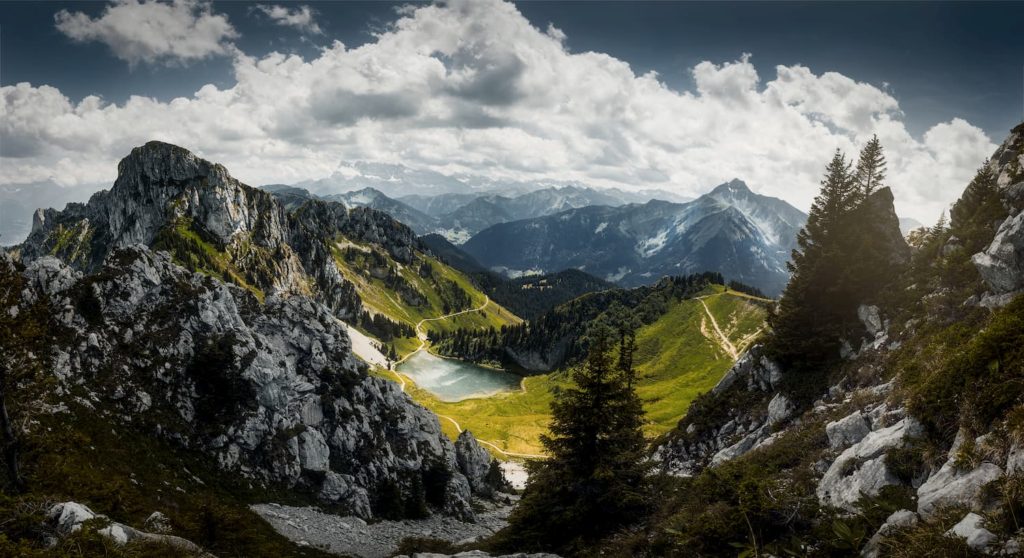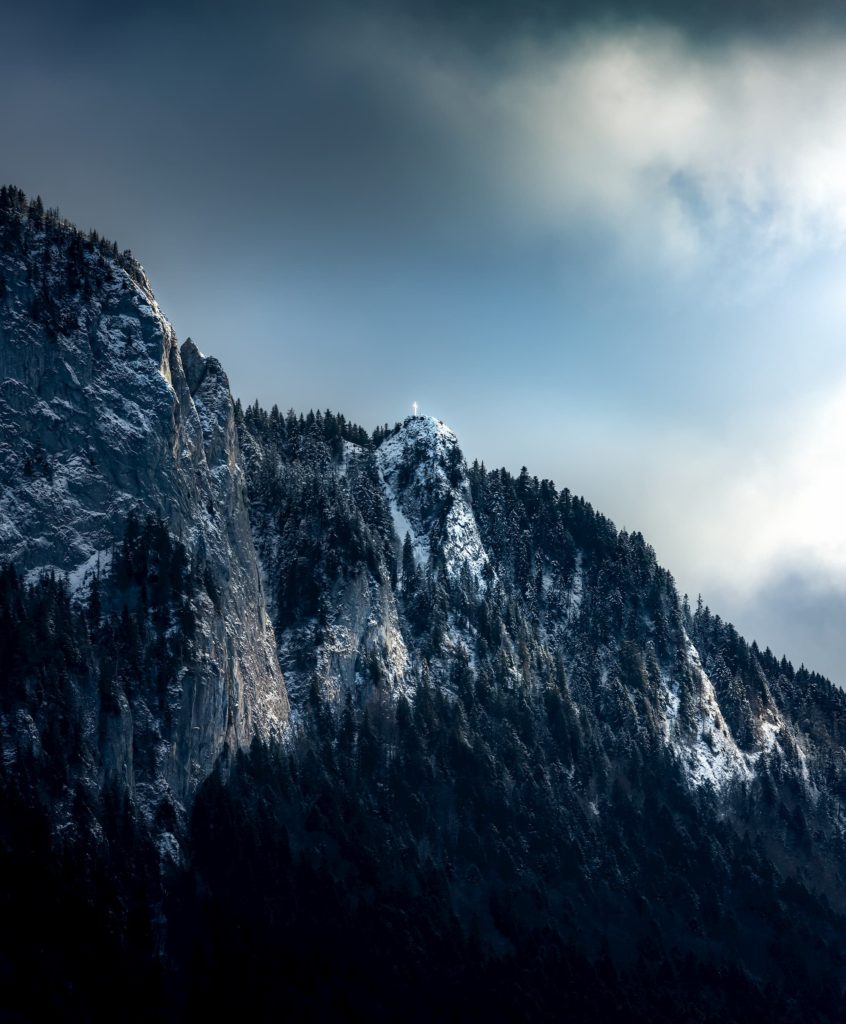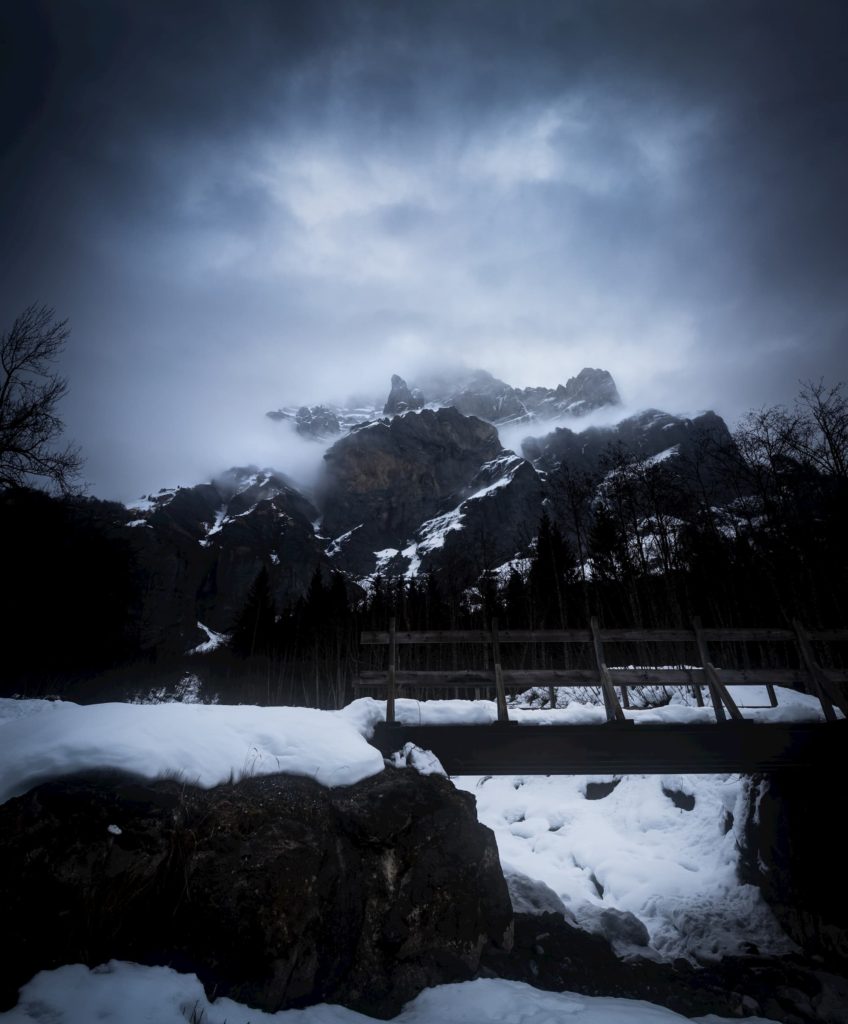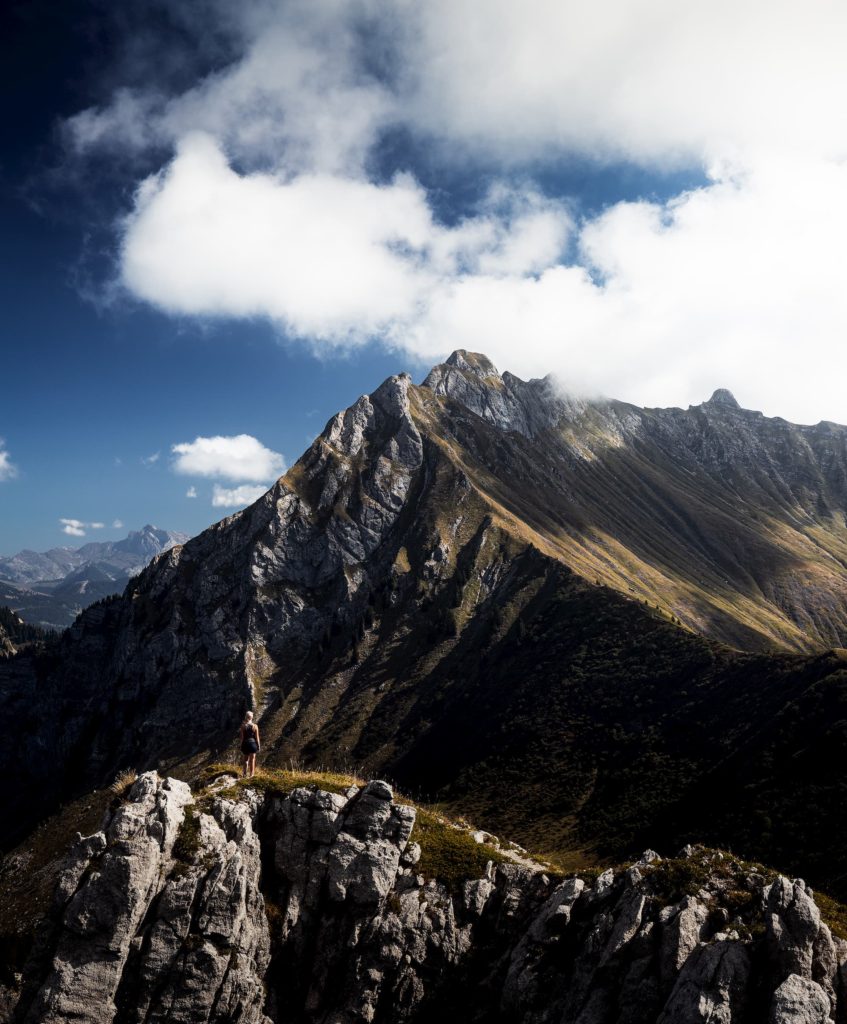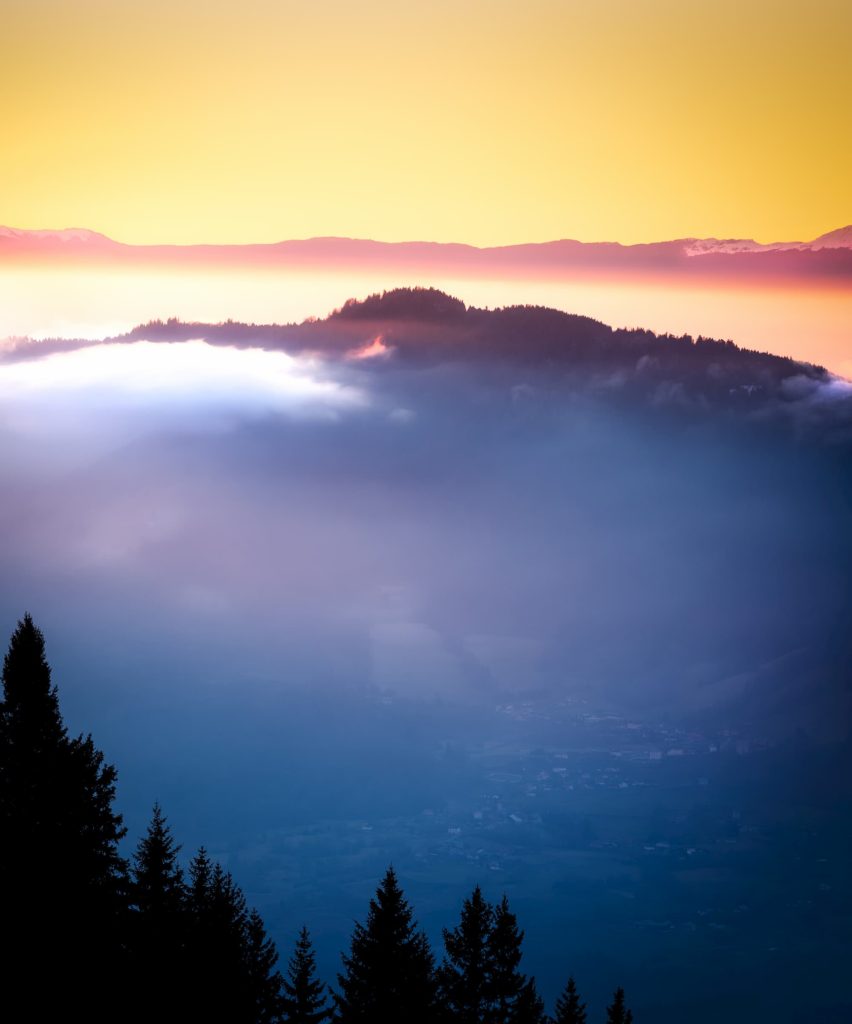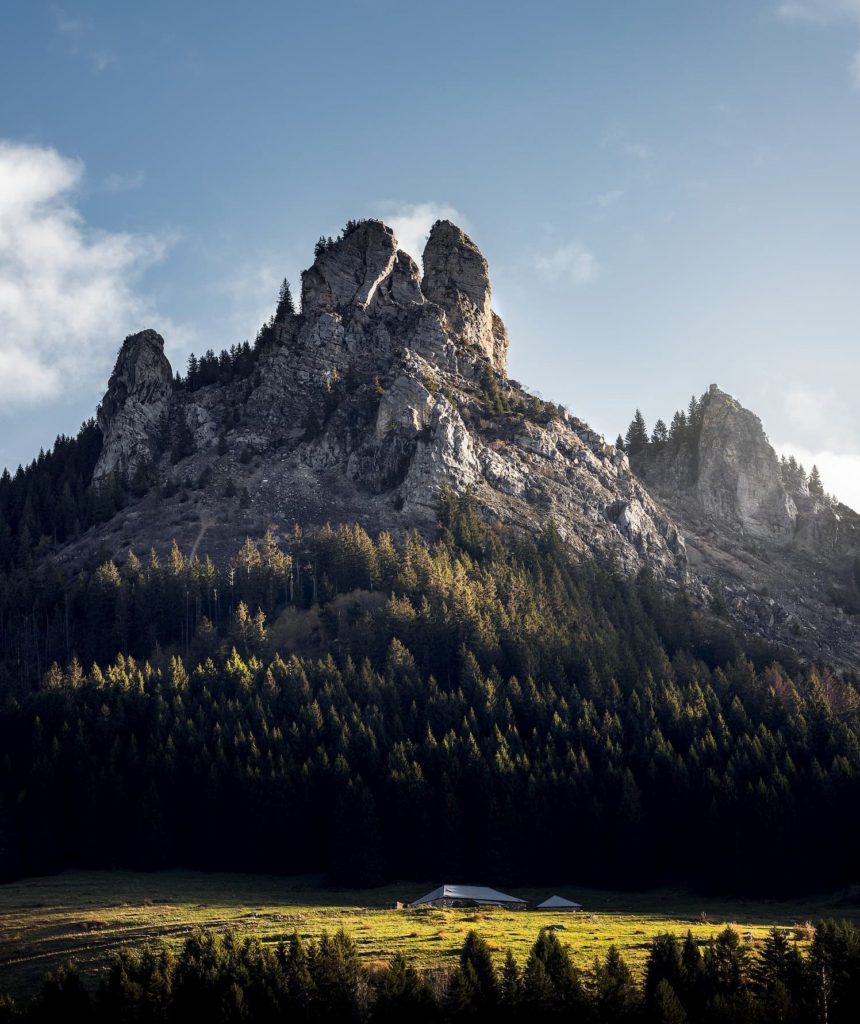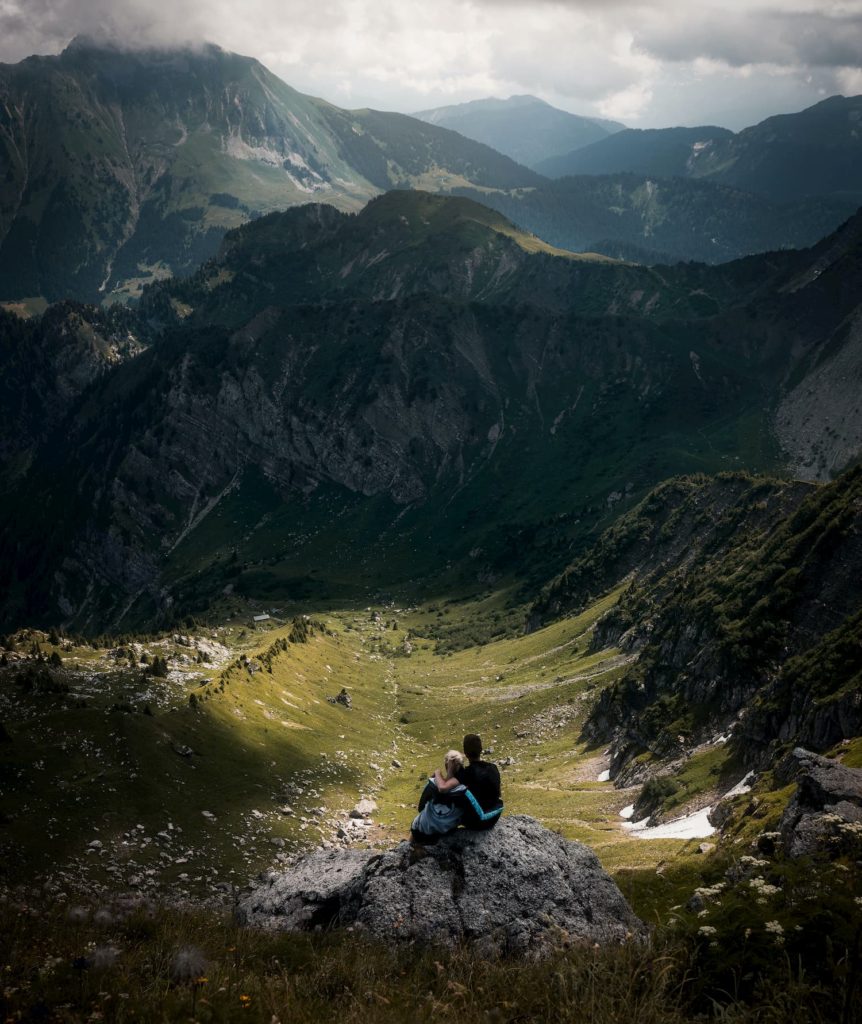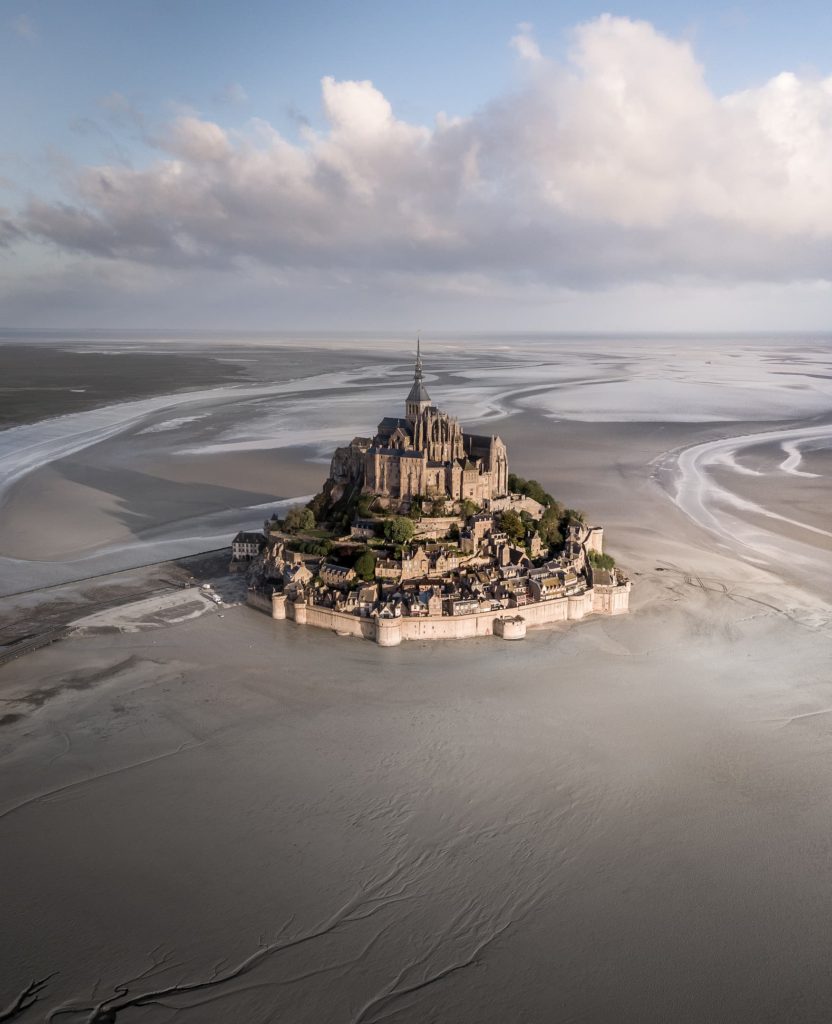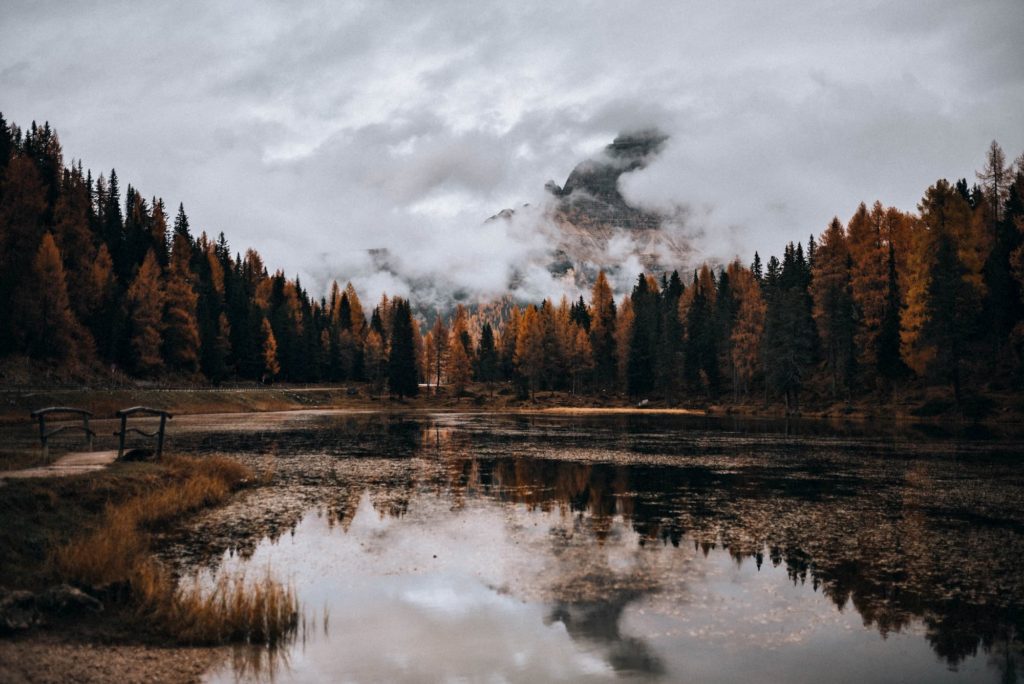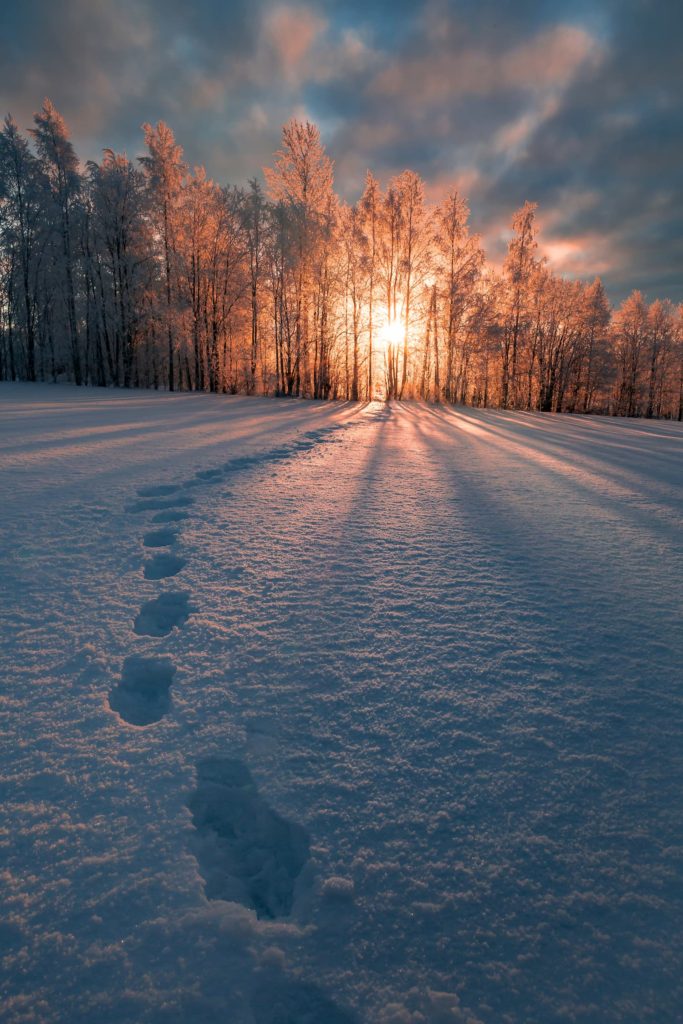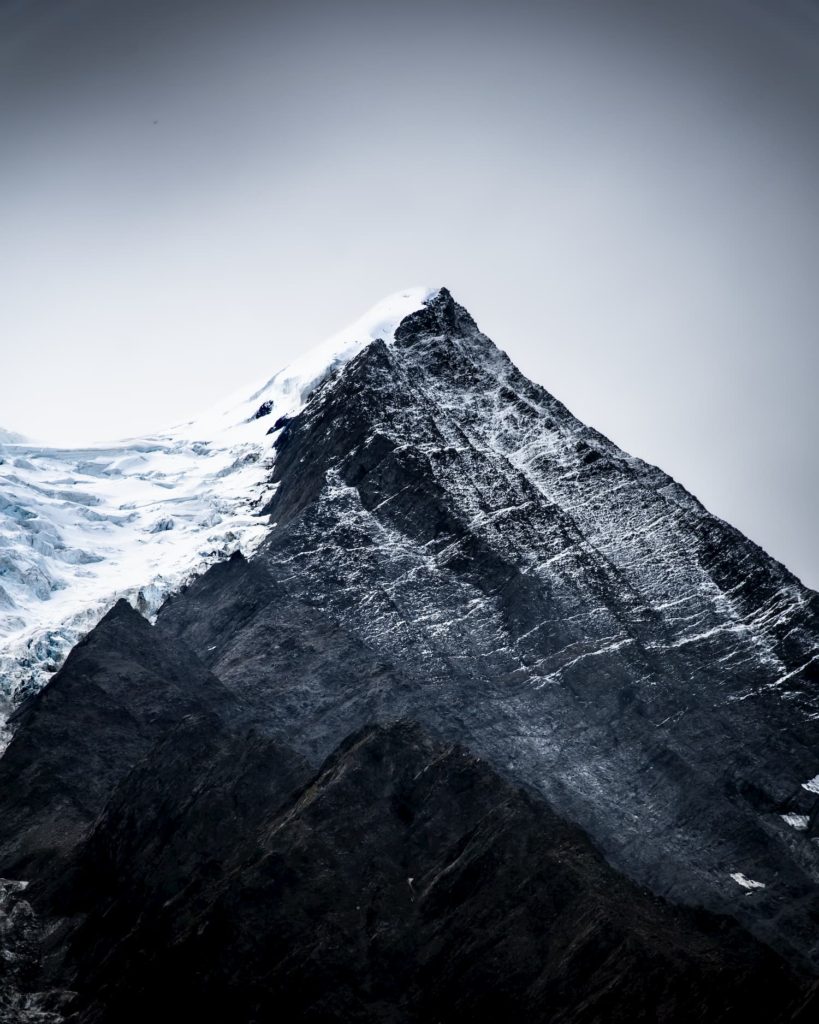
Sebastien Gelle
@sg_photographie_
Landscape photographer based in France
Since I was a child I have always been amazed by photography. I have always found incredible the fact to make a moment of life or a landscape immortal in a click. Although I was passionate, I never dared to do it as I thought it was too hard and complicated. You have to learn a lot of things such as the composition of an image, the right exposure and aperture in each circumstance when shooting in manual mode, etc.
"I thought I was incapable of succeeding in understanding all this. Future proved I was wrong though."
A few years later, one of my friends who is into photography and video showed me his work and I discovered the magic of editing. I instantly wanted to do the same and show my vision of existing work thanks to the editing software. I learned everything on my own and used different forums on the Internet to obtain knowledge and inspiration. The same year, I bought my first proper camera before going to Crete with my girlfriend for holidays. I absolutely wanted to bring back beautiful memories captured in images to be able to relive the moments and to share with my relatives because the country resembles pure beauty. So I was encouraged to study the basics of photography, get to know my new camera and to actually start shooting and editing my own photos.
"Since then, I never go out without my DSLR and my dream is to take pictures from the most beautiful places all over the world."
"Although I might have had a slow start with photography, it is an important aspect of my life nowadays. I can say that it has changed my life in any other aspect actually."
Before taking pictures, I didn’t really have interest in nature. My life was just like many other students; studies, video games and parties with friends. Now I feel more concerned by nature; I became a more responsible adult, I am more aware the world where we live in and I do all I can to preserve our planet. So since photography had become an integral part of me, I decided to create my own business in 2019, in addition to my job at an online shop. Becoming a professional changed everything and forced me to be better, to push my limits, and raise the bar with every picture. Moreover, being a self-employed is an incredible experience. You have to do everything by yourself and get to do things you would never have done otherwise.
I can also apply this to physical space: we live in our own world, but once you start traveling and capturing landscapes you realize how big our world is, how vast the lands are you look at and how small we are when you put everything in perspective. I still remember the day that I went shooting in with my best friend for the first time… We went to a location near my hometown and the area that I used to know pretty well, seemed to be an unknown landscape. I had never thought it was such an amazing place.
"My perception had totally changed that day. It’s that feeling that I try to incorporate in my photos now, hopefully influencing someone’s perception towards nature too."
Thanks to the composition of a photo I can make people feel the greatness of nature. To me it is extremely important to make people understand that we are small compared to the nature, and that it is our duty to respect it if we want to continue to admire it. Although each individual has its subjective interpretation and translation of a photo, I do believe that when looking at these kind of photos someone will understand what I try to convey.
"There is no need for explanation, the beauty of a landscape speaks for itself and photography is a universal language."
"Personally, I feel most for mountainous landscapes. I love the feeling of freedom I have there."
It’s relaxing to be in nature, but at the same time I have that adrenaline rush because sometimes it can be dangerous to be up in the mountains. At these moments I can feel what really matters in life and share it through my photographs. It is a good way to let go. When it comes to editing my mountain shots, I particularly like to give a dramatic touch to it. To do so I look for a specific atmosphere, which is why I mostly wait for a cloudy and rainy day to go shooting. It makes mountains look more dramatic. What I really love with that kind of shots is that you can go hundreds of times to the same spot but never find the same landscape because of the change of lights, the change of clouds, the fog and so on. Even if you try to anticipate everything before a shot, unexpected things always happen. The most beautiful pictures are often made in those unexpected moments. And then during the post processing, I work with lights and the textures of the rocks to give it an even more dramatic feeling. Actually, it is the composition and the post treatment that give the mountain a dangerous and attracting side. When I’m not photographing in the mountains, I try to add a much softer emotion and vibe to my photos.
"I endeavor to have softer transitions between the lights and shadows and to saturate the colors only slightly to apply a magic effect to the landscape."
There are a million ways to edit photos, and each photographer will do it differently, conveying a slightly different emotion and message, desiring to share what has been seen, felt and experienced, and so do I. I want to share my work with people from all over the world, hopefully inspiring others with the beauty of our planet and that it is important to protect it for future generations. Be sure that they can see and experience the beauty of Earth too.
Would you like content like this sent to your inbox?
MUST READ STORIES OF JANUARY
NOMADICT
ART GALLERY
THE LATEST STORIES
WRITEN WITH PASSION TO INSPIRE YOU

Miroslav Maršík (@miromarsik): Photographer based in Czech Republic
In this article, Miro shares how his love for cinematic music evolved into a deep passion for photography and how he uses light, color, and atmosphere to turn the streets of Prague into living film scenes.

Aurora photography panorama workflow: A guide to camera settings, editing, and color
In this article, Stefanie reveals how her background in physics sparked her passion for astrophotography and how she blends science with creativity to capture the beauty of the night sky. Readers will discover her approach to color, contrast, and editing, as well as her aurora photography workflow.

Yhabril (@yhabril): Best of the Week 33 at #nomadict
Spanish photographer Yhabril captures the profound connection between humans and the mountains that shaped him. Growing up in the Pyrenees, his work bridges outdoor sports, landscapes, and celestial scenes — often blending athletes, moonlight, and wilderness into striking visual stories.

Ariane Totzke (@besondersschwierig): Photographer based in Switzerland
In this article, Ariane shares how photography helped her navigate personal challenges, connect authentically with people and animals, and develop a philosophy rooted in empathy and artistic freedom. Readers will also discover her ethical approach to wildlife photography and her trusted equipment for both camouflage techniques and cameras.

How to photograph Dutch tulip fields: A guide to light, gear, composition, and colors
Discover how to photograph Dutch tulip fields in their most magical light. From choosing the right gear and lenses to mastering composition, color, and aerial perspectives, this guide shares creative techniques to capture the beauty of the Netherlands’ tulips. Learn how light, color grading, and proportion bring emotion into every frame.
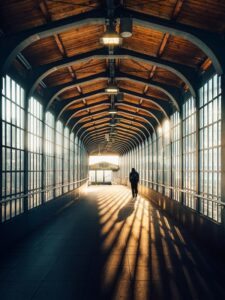
Cinematic city photography: An essential 6-step workflow
In this article, you’ll learn how to read and use light in your home city, choose the right technical settings for low-light scenes, and refine your editing workflow to shape color and atmosphere step by step. In addition, Dominik shares how to find fresh perspectives on familiar locations, five lessons that transformed his photography, and insights on the future of street photography.

Kyle van Bavel (@kylevanbavel): Photographer based in the Netherlands
Kyle van Bavel is a macro photographer with a distinctive, dreamy style that transforms the unseen details of nature into magical worlds. In this article, he shares how his unique vision, shaped by a journey of self-learning and overcoming dyslexia, has become his greatest creative strength.

Inês Preto (@minespreto): Best of the week 20 at #nomadict 2025
Inês is a nature photographer drawn to wild, remote places where weather, wildlife, and mood shape her storytelling. In this article, she shares the behind-the-scenes journey of capturing the Best of the Week image: a puffin trio on the Faroe Islands. She explains how she approached the edit of this image, and shares key lessons she’s learned through experience.
